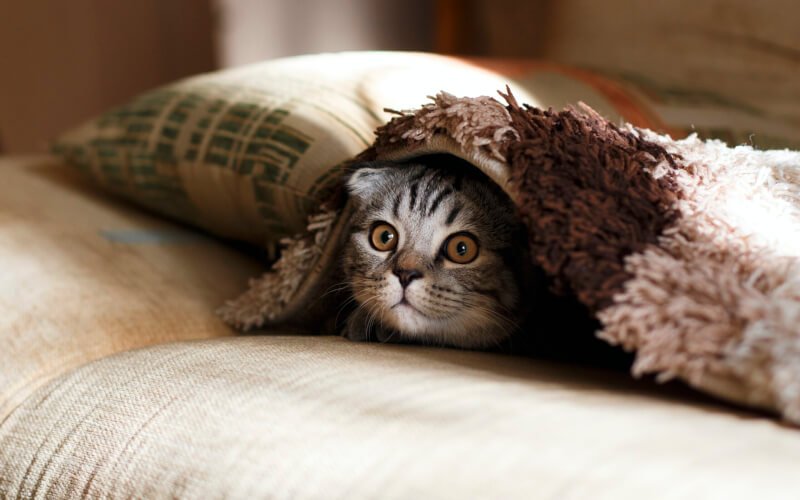If you’re a reptile enthusiast or a snake owner, it’s important to keep an eye out for signs of respiratory infections in your slithering companion. Sneezing, wheezing, and labored breathing are some of the common symptoms that indicate the presence of a respiratory infection in snakes. Additionally, if you notice your snake having a decreased appetite or producing excessive mucus, it might be time to consult a veterinarian. Taking the necessary steps to recognize and treat respiratory infections can help ensure the health and well-being of your scaly friend.
Signs of Respiratory Infections in Snakes
Respiratory infections can be a serious concern for snakes and it’s important for snake owners to be aware of the signs to watch for. Early detection and treatment of respiratory infections can greatly improve the chances of a full recovery. In this article, we will discuss the common symptoms and behavioral changes that may indicate a respiratory infection in your snake, as well as other telltale signs such as discharge from the mouth and nose, open-mouth breathing, wheezing and clicking noises, lethargy, loss of appetite, gurgling sounds, swollen and reddish eyes, excessive shedding, and weight loss.
Common Symptoms
When it comes to respiratory infections in snakes, there are several common symptoms that may manifest. These include difficulty in breathing, coughing, sneezing, and excessive mucus production. These symptoms can sometimes be mistaken for other issues or simple irritations, so it’s important to carefully observe your snake’s behavior and overall health. If you notice any of these symptoms persisting, it’s best to consult with a reptile veterinarian.
Behavioral Changes
Respiratory infections can also lead to noticeable changes in your snake’s behavior. It is not uncommon for a snake with a respiratory infection to become more lethargic and spend more time hiding. Additionally, you may observe a decrease in appetite and overall activity level. If your snake starts behaving differently, it could be an indication of an underlying health problem, including a respiratory infection.

Discharge from Mouth and Nose
One of the most apparent signs of a respiratory infection in snakes is the presence of discharge from the mouth and nose. This can range from clear mucus to thick, sticky secretions. The discharge may be accompanied by a foul smell, indicating the presence of bacteria or other pathogens. If you observe any discharge, it’s important to seek veterinary attention promptly to determine the cause and begin appropriate treatment.
Open-mouth Breathing
Snakes should normally breathe quietly and consistently through their nostrils. However, if you notice your snake regularly breathing with its mouth open, it could be a sign of respiratory distress or infection. Open-mouth breathing, also known as “gaping,” is an effort to get more air into the lungs. It indicates that the snake is having difficulty breathing and should be evaluated by a veterinarian.

Wheezing and Clicking Noises
Wheezing and clicking noises during breathing are additional signs of respiratory infections in snakes. These sounds can indicate inflammation and irritation in the respiratory tract, as well as the presence of excess mucus or fluid. If you hear any wheezing or clicking noises coming from your snake, it’s important to have them assessed by a reptile veterinarian as soon as possible.
Lethargy and Loss of Appetite
Lethargy and loss of appetite are nonspecific signs that can point to a variety of health problems, including respiratory infections. When a snake is not feeling well, it is common for them to withdraw, sleep more, or show a lack of interest in eating. If your snake is unusually lethargic and refusing food, it could be a sign of an underlying respiratory infection.

Gurgling Sounds
Gurgling sounds coming from your snake’s respiratory tract can indicate the presence of fluid or mucus buildup. These sounds are often accompanied by other symptoms such as open-mouth breathing, wheezing, or clicking noises. Gurgling sounds should be taken seriously and veterinary attention should be sought promptly.
Swollen and Reddish Eyes
In some cases, respiratory infections can also lead to swollen and reddish eyes in snakes. The inflammation and irritation of the respiratory tract can affect the eyes, causing them to appear puffy, watery, or irritated. If you notice any changes in your snake’s eyes, it is important to have them examined by a reptile veterinarian to determine the underlying cause and appropriate treatment.
Excessive Shedding
Shedding is a normal and natural process for snakes, but respiratory infections can disrupt this process. Snakes with respiratory infections may have difficulty shedding their skin due to the weakened condition of their respiratory system. If you notice that your snake’s shedding process seems abnormal or delayed, it could be an indicator of an underlying respiratory infection.
Weight Loss
Weight loss is another common symptom associated with respiratory infections in snakes. When a snake is not feeling well, it may lose its appetite or have difficulty absorbing nutrients from its food, leading to weight loss. If you observe significant weight loss in your snake, it is important to consult with a reptile veterinarian to determine the cause and appropriate treatment.
In conclusion, respiratory infections in snakes can be potentially life-threatening if left untreated. It is crucial for snake owners to be familiar with the signs and symptoms of respiratory infections to ensure early detection and prompt veterinary intervention. If you notice any of the aforementioned symptoms in your snake, seeking professional help from a reptile veterinarian is essential for the health and well-being of your beloved pet. Remember, the sooner a respiratory infection is identified and treated, the better the chances of a full recovery for your snake.


